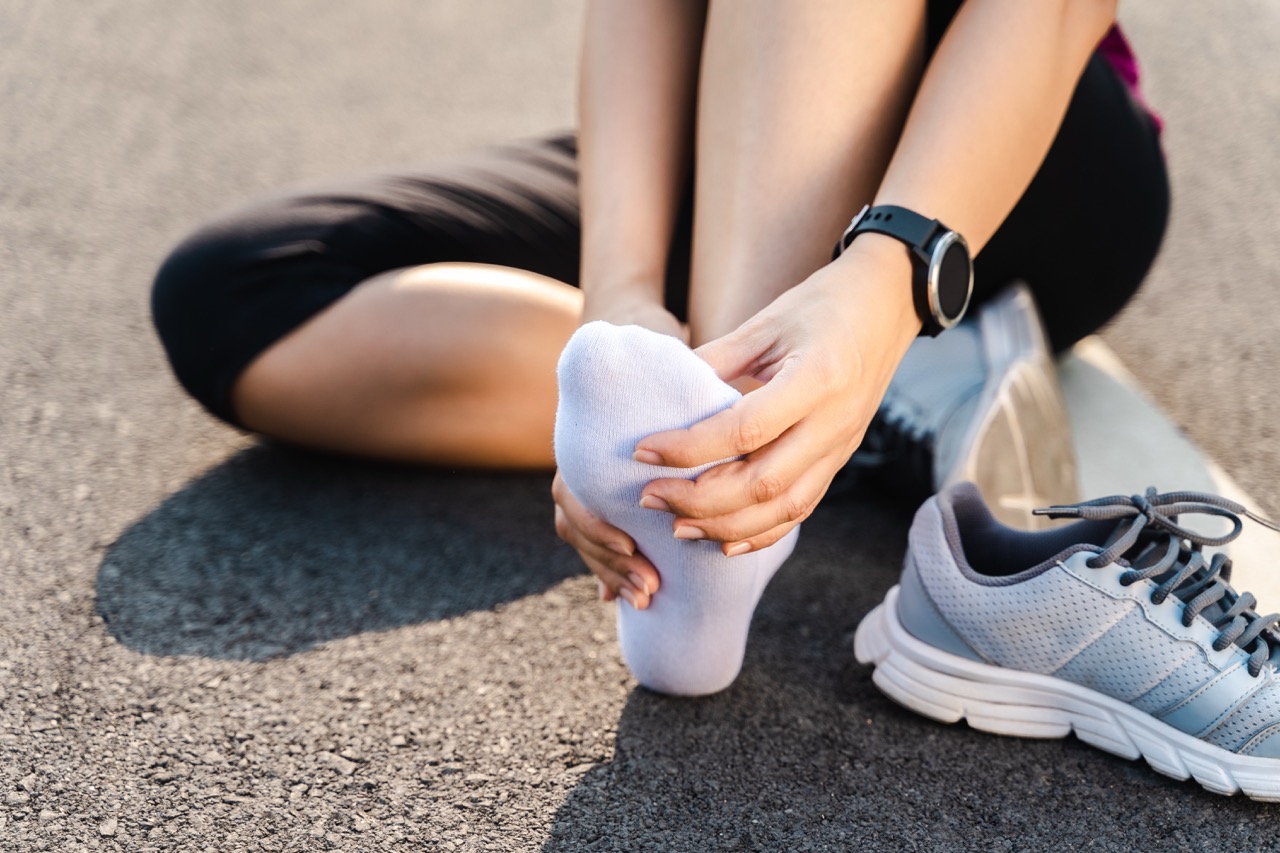Join The Nantwich Clinic Club to keep up to date with news and offers!
Sign UpAthlete’s foot is a fairly common fungal infection that, as the name suggests, affects the skin on the feet. It presents itself as itchy patches of skin but can also show up as cracked, blistered or peeling areas of skin, redness and even scaling. Moist, waterlogged skin is prone to it, as is flaky skin around the heels or sides of the feet.


Athlete’s foot is caused by a number of different fungal species and can be picked up almost anywhere. Communal areas such as pools, showers and changing rooms, or anywhere where you may walk around barefooted are more likely to be sources of cross infection. It can also be caused by touching the skin of someone else who is already suffering with Athlete’s foot.
Once contaminated, the warm, dark and sweaty environment of feet cramped in shoes or trainers provides the ideal breeding ground for the fungus. It is commonly seen in summer sandal-wearers when the sun dries the skin. Without the natural protective oils of the skin, frictional abrasion from sandals makes the feet more prone to infection. That doesn’t mean your feet are safe in winter though as the fungus loves warm, enclosed spaces like winter boots or wellies as this is a perfect breeding ground.
Fungal infections like Athlete’s foot are contagious and can spread to anywhere on your skin, like your scalp, hands and groin, particularly if you use the same towel for your feet as for the rest of your body. If left untreated, the fungus can spread to the toe nails as a fungal nail infection, causing thickening and yellowing of the nail.
The mistake that most people make when they’re being treated for Athlete’s foot is to stop the hygiene regime or medication when the symptoms go. The fungus can lie dormant in the body and may re-appear if it isn’t correctly treated.
Certain Athlete’s foot treatments require continued treatment for several weeks, even after the symptoms have passed. Always follow the instructions and be alert to symptoms, so that you can deal with any problems straight away. Anti-fungal powder should primarily be used for dusting inside footwear, to help prevent re-infection.
Our podiatry team will help you pinpoint the best Athlete’s foot treatment that will help to reduce any discomfort and improve the appearance of the affected area.
They can also help if the fungal infection has spread to the nails, by cutting the nail back and reducing the thickness. Fungal nail infections do not respond to topical treatments like those used to treat Athlete’s foot, but they do respond well to Photodynamic Antimicrobial Therapy (PACT). Ask us more about it or visit our fungal nail page.
If your infection is extremely severe, you may need oral medication (tablets), which does have side effects. Chat with us or visit your GP to find out more.
Book your Athlete’s foot treatment appointment with The Nantwich Clinic by calling the number below.
Alternatively, you can use the link below to book online.

Whether it’s a quick question that you need to ask, or you would like to book an appointment with us, we want to hear from you. Simply click the button below to get started or contact us on 01270 627118.
